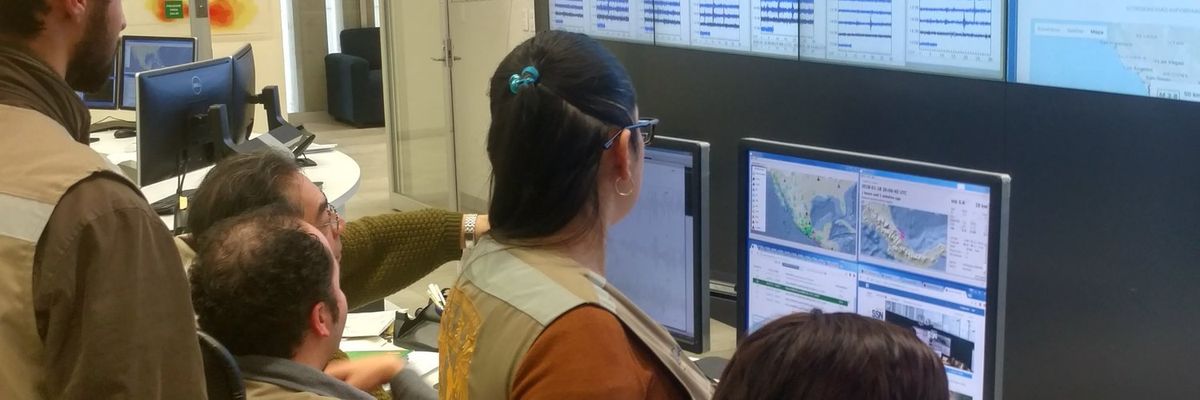Building requirements must be followed during earthquakes
The most powerful earthquakes are typically connected to movements that take place in subduction zones, which are regions where two tectonic plates come into contact with one another. These regions are known as tectonic compression environments.





